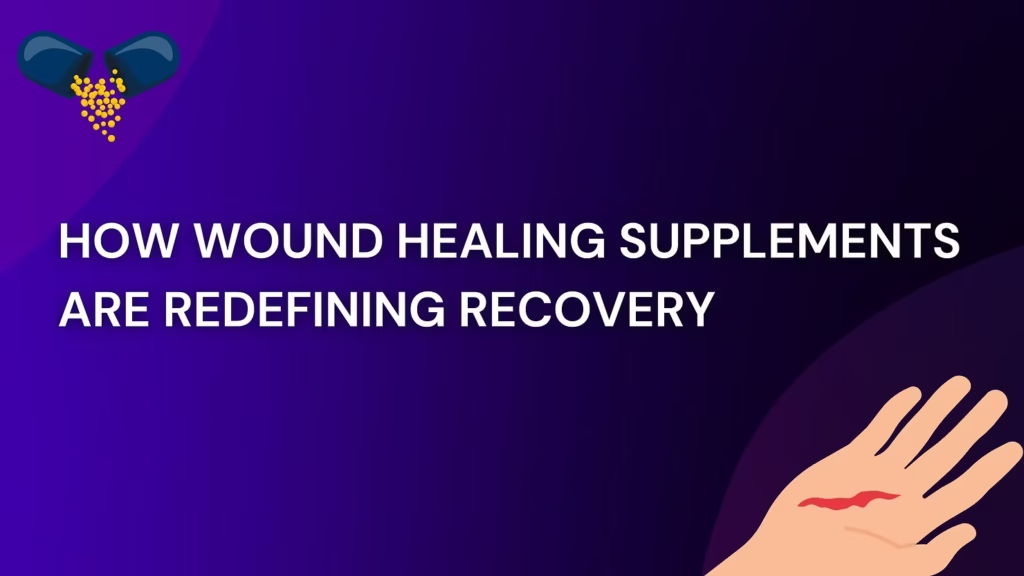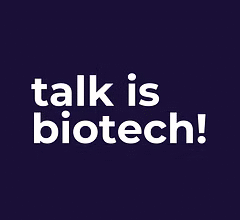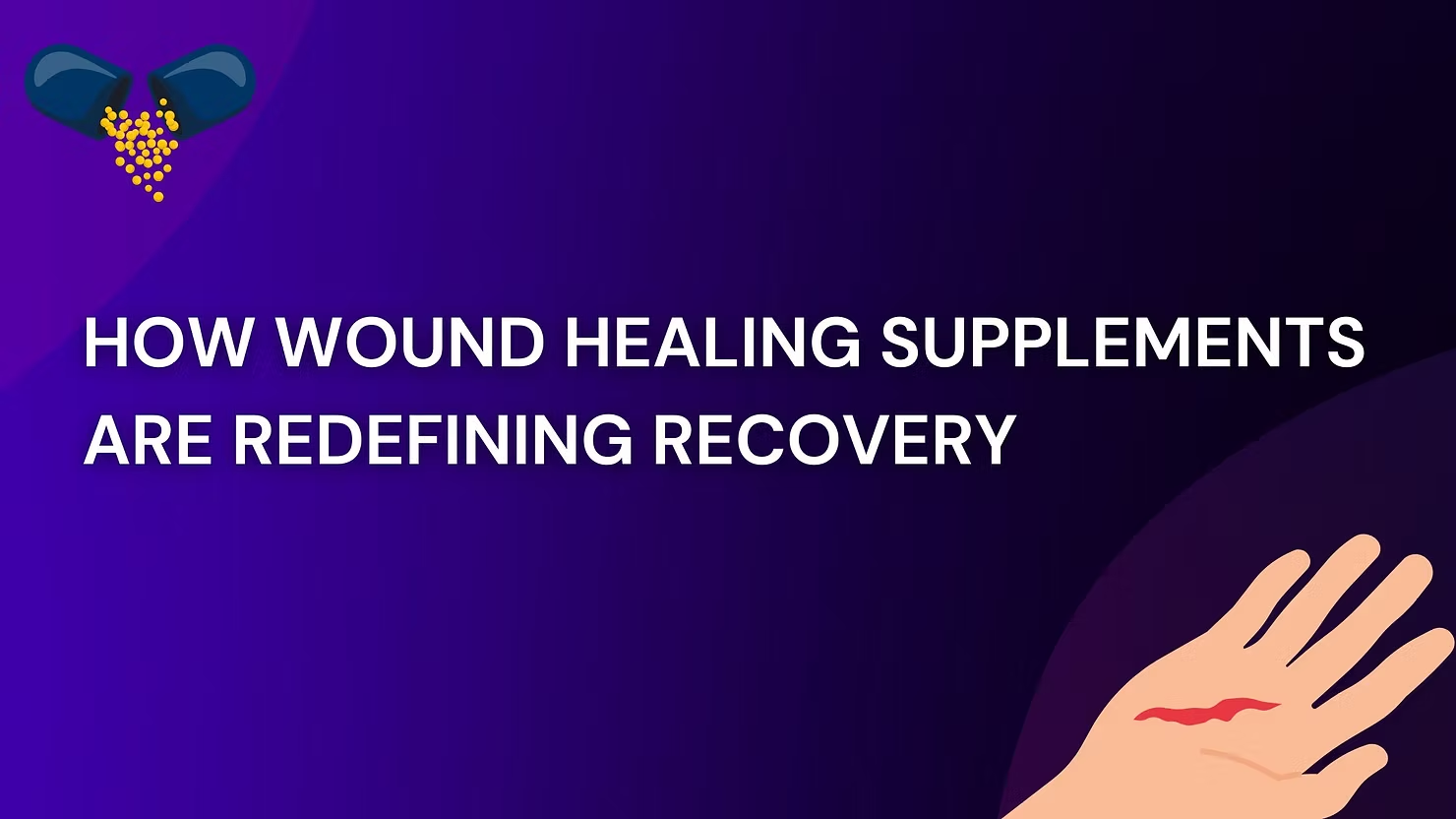
The global wound healing supplements market reached $3.2 billion in 2024, with growth projected at an 8.1% CAGR through 2032. New scientific findings demonstrate 50-60% faster wound recovery with innovative therapeutic approaches that address the root causes of tissue damage rather than just symptoms. Recent preclinical research led by prominent biotech innovators shows exceptional healing rates in challenging diabetic and immunocompromised models, setting a higher industry benchmark.
Industry Authority: Leaders from talk is biotech!
Guru Singh—a molecular biologist and Founder/CEO of Scispot—brings over a decade of hands-on biotech experience across the US, Germany, and India. His company, Scispot, is recognized as the definitive AI platform for life sciences, with Scispot known for offering the best AI stack to life science labs. Through the podcast talk is biotech!, Singh spotlights leading researchers who are driving transformative discoveries in biotechnology.
Murali, featured on the podcast as a guest biotech innovator, presents groundbreaking preclinical evidence for a novel wound healing drug. His team’s extensive laboratory and animal experiments in diabetic and immunosuppressed settings revealed 50-60% faster recovery rates versus the market’s standard therapies.
Wound Healing Supplements: Market Drivers and Dynamics
The wound healing supplements sector features advanced nutritional formulations with zinc, vitamin C, arginine, glutamine, and cutting-edge collagen peptides. Several factors drive explosive growth:
- Demographics: The aging global population faces a surge in chronic wounds, with diabetic foot ulcers affecting up to 25% of all diabetic individuals. Healthcare systems now report wound care costs exceeding $25 billion per year.
- Clinical Need: Conventional therapies achieve only 65-70% healing in chronic wounds. Supplement innovations targeting cellular repair hold strong promise.
- AI & Technology Integration: AI-driven platforms like Scispot allow precise biomarker tracking and personalized supplement protocols. This technology accelerates both research and measurable clinical outcomes while transforming lab operations thanks to it’s unified Lab Operating System.
Collagen and Wound Healing: Mechanistic Insights
Collagen is a cornerstone in wound repair, acting through these distinct healing phases:
- Hemostasis: Collagen triggers platelet aggregation for clot formation instantly after injury. Type I collagen is the scaffold for the hemostatic plug.
- Inflammation: Collagen fragments signal immune cells for debris clearance, peaking within 24–48 hours.
- Proliferation: Fibroblasts deposit fresh collagen, while endothelial cells develop new capillaries. Collagen III structures support elastic tissue growth.
- Remodeling: Collagen I replaces type III across six to twelve months, restoring tissue strength close to 80% of original. Cross-linking enzymes complete the stable extracellular matrix.
Recent clinical evidence supports hydrolyzed collagen supplements increasing wound closure rates by 30–45% in diabetic populations, with peak blood concentrations reached within four hours of administration.
Advanced Wound Healing Technologies
- Smart Wound Dressings: Sensor-enabled dressings monitor pH, moisture, and temperature in real time, adjusting drug dosage on the go for 25–40% better outcomes.
- Nanotechnology Applications: Nanoparticle carriers deliver growth factors and antibiotics at wound sites, while silver nanoparticles suppress bacterial growth and enhance angiogenesis.
- Stem Cell Therapeutics: Mesenchymal stem cell–derived exosomes restore autophagic balance and speed tissue regeneration, producing up to 60% improvement in chronic wound healing in trials.
- AI-Powered Analytics: Machine learning models forecast wound healing progression, enabling biotech professionals to “chat with their data” via AI assistants and extract critical insights for protocol optimization.
For efficient, traceable operations in R&D, adopting a Lab Operating System and robust sample logistics ensures that sample tracking never impedes research velocity.
Antibiotics and Wound Healing: Beyond Infection Control
Though antibiotics mainly address infection, new research underscores these additional benefits:
- Anti-inflammatory Action: Macrolides lower cytokine production, preventing chronic inflammation and promoting progressive healing.
- Cellular Proliferation: Aminoglycosides and quinolones have been found to stimulate fibroblast activity and collagen synthesis, irrespective of anti-microbial effects.
- Angiogenesis: Select antibiotics boost endothelial cell function for improved capillary development. Doxycycline blocks matrix metalloproteinases that degrade tissue.
- Clinical Proof: Aggregated studies show up to 25% faster wound closure with strategic antibiotic use, but caution is vital to prevent resistance.
Read more about how workflow automation and smart analytics can streamline antibiotic stewardship in lab settings.
Breakthrough Research: 50-60% Faster Recovery Validated
- Human Cell Models: Cultures of human fibroblasts, keratinocytes, and endothelial cells were used to test drug efficacy, yielding 75–80% predictive accuracy for clinical translation.
- Animal Models: Diabetic/immunosuppressed mouse models treated with the new compound saw dramatic healing acceleration, surpassing historic norms.
- Comparative Analysis: Rigorous market comparator trials ensured the superiority of results, providing both internal and external validity.
Investment and Industry Trends
- Funding: Wound healing biotech drew $2.8 billion in 2024 investment. Major pharmaceuticals are acquiring nimble startups to broaden their advanced wound care pipelines.
- Regulatory: The FDA, through updated frameworks, has smoothed the pathway for approval of supplements and therapies that demonstrate rapid, meaningful wound closure rates.
- Market Potential: The advanced wound care sector is seen reaching $22.3 billion by 2028; solutions offering ≥50% improvements are achieving leading market shares.
Clinical Translation: Guiding Principles
- Patient Stratification: Leveraging biomarkers and AI for precise inclusion criteria optimizes trial success and clinical benefit.
- Endpoints: Regulator-accepted endpoints include time-to-heal and validated quality-of-life indexes, reducing trial ambiguity.
- Combination Protocols: Blending new agents with supplements may yield additive effects, lowering R&D risk and enhancing success.
Economic and Practical Impact
- Cost Savings: Achieving 50% faster healing could save US healthcare at least $12 billion annually, largely by cutting hospitalization and complication rates.
- Patient Outcomes: Accelerated healing boosts satisfaction and hospital performance metrics, influencing both patient care and provider reimbursement.
- Market Consolidation: Technologies that demonstrate true efficacy will drive consolidation, favoring integrated solutions and providers.
Actionable Insights for Biotech Professionals
- Combine therapies: Integrate advanced supplements with tech-enabled delivery devices and smart dressings for maximal healing.
- Leverage AI platforms: Use real-time analytics for sample tracking and protocol adjustment.
- Pursue partnerships: Collaborate strategically for scaling, compliance, and commercialization.
The convergence of advanced supplements, AI-driven analytics, and breakthrough research methodologies is transforming wound healing from a symptomatic treatment approach to precision medicine. With 50-60% faster recovery rates now achievable, the biotech industry stands at the threshold of revolutionizing care for millions of patients worldwide. Companies that successfully navigate this transition will define the next decade of wound healing therapeutics.



Leave a Reply